While summer may still be heating up, it’s already time to start thinking about those fall veggies. Vegetable planting is far from over, as we can plant a multitude of fast-growing, cool-season veggies beginning in the late summer. Here’s everything you need to know about fall vegetable planting!
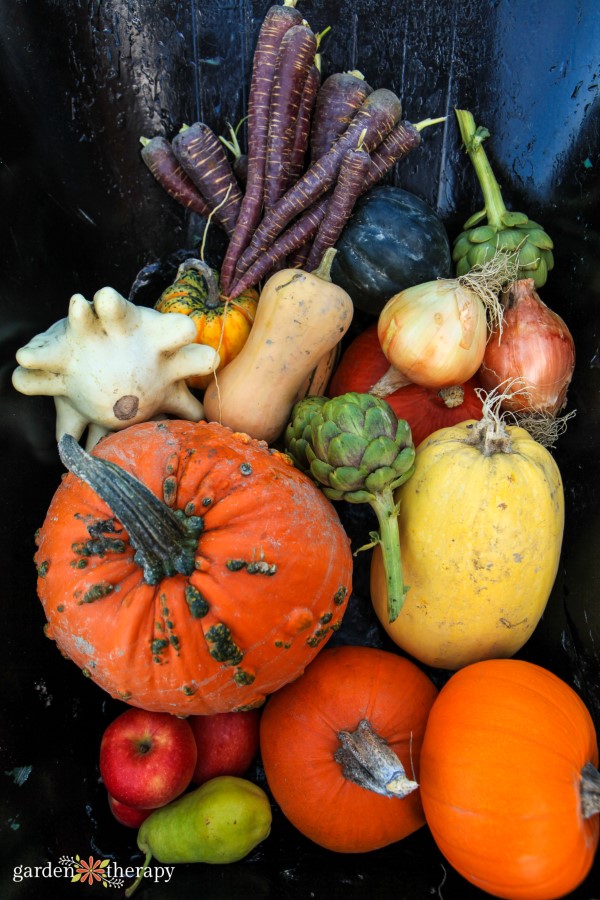
I hate to bring up the “F” word in August, but it must be done. There’s a reason I’m posting about fall vegetable planting in August! And if they’re already selling Halloween decorations, then I’m entitled to remind you all that NOW is the time to start planning your fall vegetables.
August is when we start transitioning from summer to fall plantings. Many of our spring-sown vegetables are ready for harvest as we enjoy a time of abundance in the garden.
And while we enjoy the abundance now, it won’t last. And it’s always important to keep one eye on the future. I’m going to take you through how I’m planning my fall vegetable garden, so you can also reap the benefits of a plentiful fall harvest!


When to Plant Your Fall Garden
In the spring, we work off the last frost. Now, we’re swapping things around and using the first fall frost to help determine timing. So, the first thing you want to do is find your local average first frost date.
Next, you want to determine how much time it will take from germination until the vegetable is ready for harvest. The seed packet will often say “days to maturity,” and you can use that number. Add a week or two to account for environmental factors. While the seeds will germinate quickly thanks to warm summer soil, cool conditions mean things will grow slower.
Subtract the days to maturity from the first frost date (plus a week or two), and you’ll know if you have enough time to grow the vegetables.
If you’re sowing some super speedy vegetables, you may be able to succession plant and get a few rounds of veggies. Consult the times in this post to help you see when the last possible succession is for some of the most popular vegetables.
If time allows it, continue to stagger your sowings to help prolong harvests and avoid a fall harvest rush. For instance, plant lettuce every two weeks rather than planting it all at once in the room you’ve allocated for it.
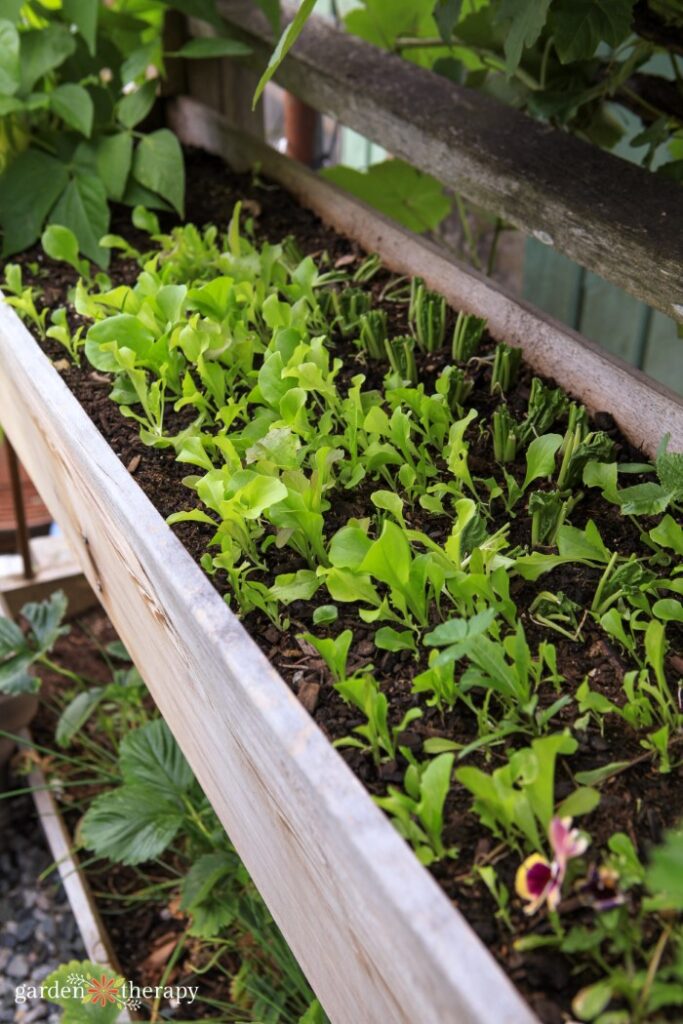

Where to Sow Your Fall Plantings
One of my favourite spots for fall vegetable planting is where I grew my garlic. Garlic takes up a lot of room, but when it’s gone, you have a ton of space for more vegetables. My garlic is usually done by the end of July.
Pro tip: garlic should be planted in the fall, usually in mid to late October. This usually coincides with the last harvest of my vegetables. I also add tulip bulbs so that the garden bed looks pretty in the spring, and the tulips are done just in time for the garlic to take over.
Since garlic is such a heavy feeder, you want to nourish and regenerate the soil. Add a mixture of compost to help revitalize the soil.
Besides garlic, look at what other summer harvests are nearing their end. Usually by August, you have gaps in your garden again from flowers or vegetables. Find these bare patches, give the soil a good compost fix, and you’re ready for fall plantings.


Fall Vegetables to Plant
These fall vegetables love the cool temperatures and are known for their speedy growing times. Some can even do multiple successions if you start in the late summer!
- Carrots: the queen of root vegetables, they thrive in cool temperatures in the fall and don’t mind a light frost. You can also plant other root vegetables such as turnips and beets.
- Radish: one of the speediest vegetables, it takes just three weeks from planting to enjoy a radish. You can succession plant these multiple times from late summer to mid-fall.
- Swiss chard: cold-hardy, speedy growing, and ultra delicious, I always plant Swiss chard in my garden as a fall planting. It even acts as a perennial vegetable in my zone 8 garden.
- Purple sprouting broccoli (and other winter broccoli varieties): a very hardy variety of broccoli. It grows as a biennial and produces small individual purple heads to harvest. Plant yours for a fall harvest in late July.
- Bush beans: I just added a second row of green beans to my garden. I got mine as starts, so they’ll grow very quickly.
- Lettuce: loose-leaf lettuce is a favourite of mine to grow nearly year-round. It can be ready for harvest in just 30-45 days for multiple successions in the fall.
- Kale: another plant sweetened by frost, kale prefers the cool conditions of fall.
- Spinach: just like kale and many other leafy greens, spinach prefers to grow in cool conditions. You can enjoy the leaves in just 30 days.
- Asian greens: gai-lan, mizuna, tatsoi, mustard greens, and more Asian greens are fast growers that like the cool season.
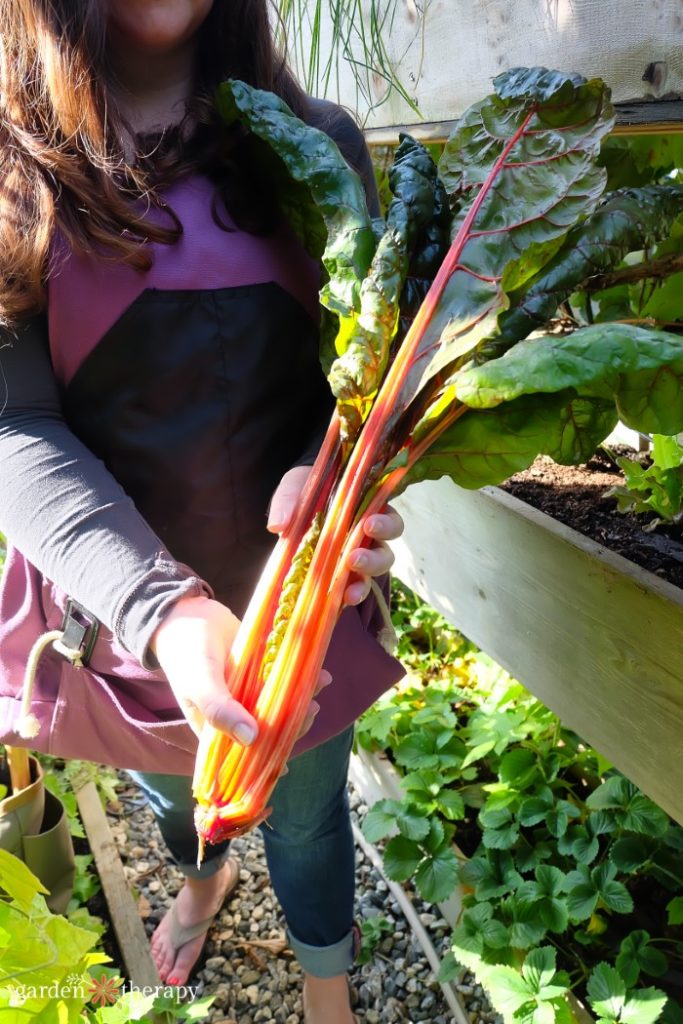

Don’t Forget the Herbs
Many herbs are still going strong near the end of summer and the beginning of fall. Don’t forget to continue harvesting from your perennial herbs such as sage, rosemary, mint, and thyme.
Your annual herbs may still be flourishing or nearing their end. Use up what you can from your annual herbs, and try to dry and preserve them so you can continue to enjoy their flavour in the winter months.
Extending the Season
What if you need a little bit of extra time? If you’ve determined when to plant your fall garden and find you’re missing just a few weeks, you can try using season extenders such as row covers or cloches.
Consider mulching your vegetable bed to help conserve moisture and warmth when things begin to cool down, helping to prolong the growing season and protect your perennial vegetables.
Some vegetables even get tastier after they’ve experienced a frost, such as carrots and leeks.
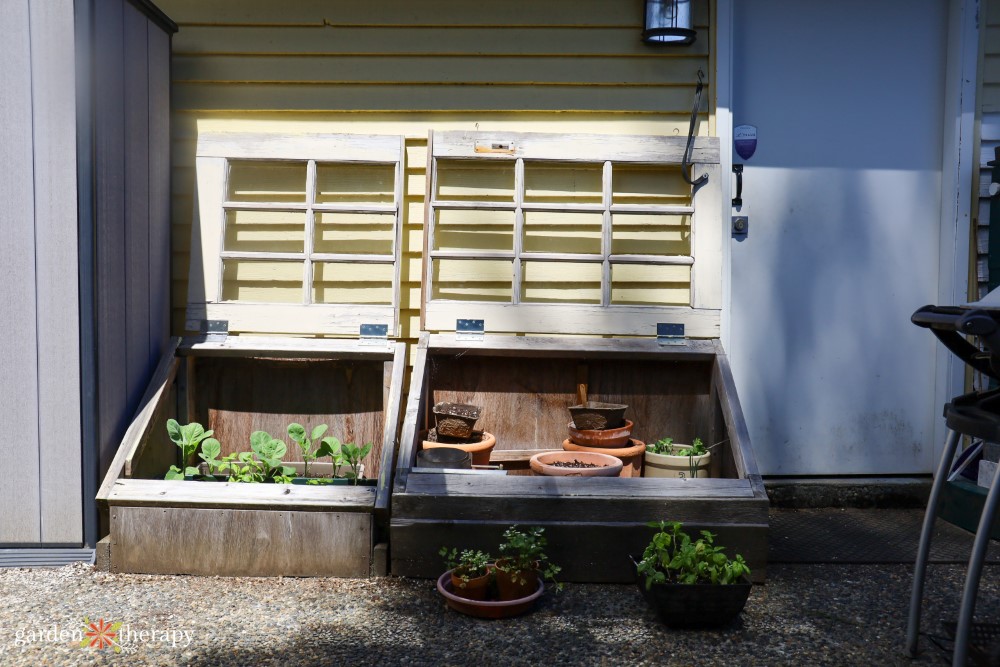

Fall Vegetable Planting FAQ
The most popular vegetables to plant in the fall are root vegetables (such as carrots or radishes), cool-weather brassicas (such as broccoli or kohlrabi), and greens (such as spinach, lettuce, or kale). They are all known for growing fast and like cool weather.
For fall vegetables, you want to start planting from August for those vegetables that require more than 60 days to reach maturity, and as late as early October for vegetables that only need 30 days to reach maturity. How long you have is determined by when the first frost is in your area.
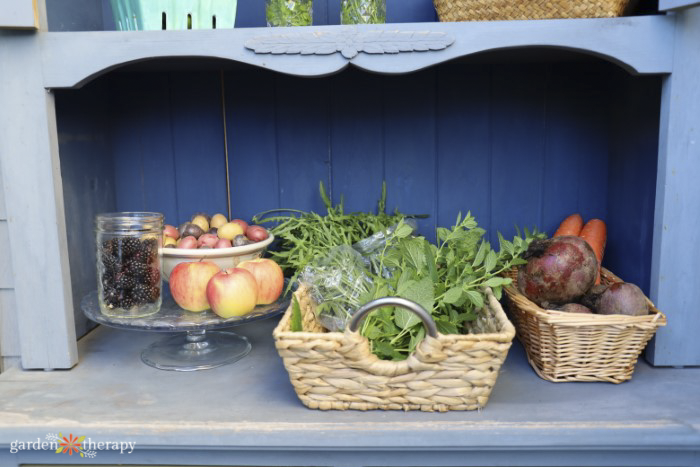

More Tasks to Prepare for the Fall
A city girl who learned to garden and it changed everything. Author, artist, Master Gardener. Better living through plants.

